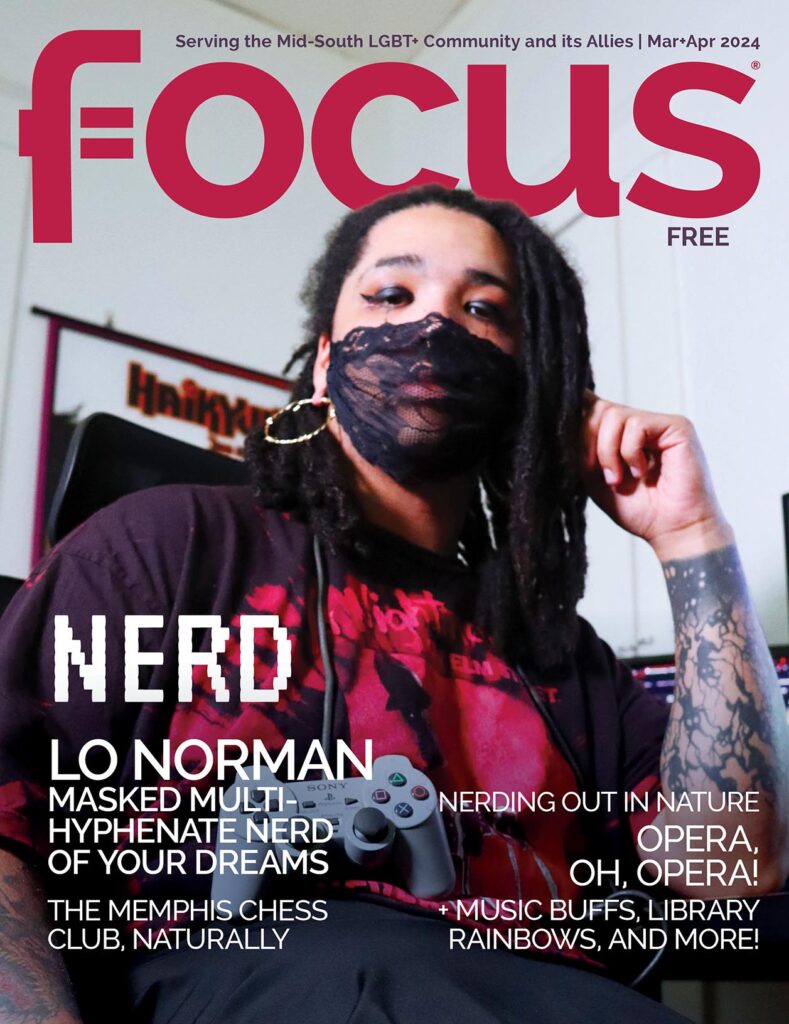by Sydney Moxley | photos by Joan Marcus
First, there was the play “Pygmalion” by George Bernard Shaw in 1913. There was Lerner and Loewe’s original Broadway production in 1956 starring Julie Andrews. Then there was the 1964 film starring Audrey Hepburn. Now, in 2020, “My Fair Lady” is back and better than ever. With a talented and hilarious cast, moving sets, and amazing costumes, it is everything fans could want in the latest production. Shereen Ahmed is breathtakingly perfect as Eliza, and songs such as
“Wouldn’t It Be Loverly,” “I Could Have Danced All Night,” and “Without You” leave you starstruck. This is a wonderful show for tried-and-true fans, as well as children of all ages.
“My Fair Lady” is the story of Eliza Doolittle, a poor, Cockney flower seller, and Professor Henry Higgins, a rich phoneticist who believes in the glory of the “proper” English language. Higgins makes a bet with Colonel Hugh Pickering, a fellow phonetic aficionado, that he can pass an improper Eliza off as a duchess in six months, just in time for the Embassy Ball. Through this humorous tale, we see Eliza go from “loverly” to “lovely” and gains newfound confidence in herself along the way.

One of the most important aspects of “My Fair Lady” is Professor Higgins’ attitudes about himself and women. He frequently asserts both in spoken word and song (“I’m an Ordinary Man”) that he is patient, gentle, and forgiving; however, his ill-treatment of Eliza throughout the musical shows that he is anything but. He frequently degrades her, calls her names such as “baggage”, “guttersnipe”, and “squashed cabbage leaf”. When his experiment is a success and Eliza delights everyone at the Embassy Ball, Higgins takes all the credit for her improved accent and grammar and is delighted that it’s all over, which clearly belittles Eliza and her hard work.
It is clear from “I’m an Ordinary Man” that Higgins doesn’t have any respect for women as a whole either. He sings that they “only want to talk of love” and “jabber and chatter” all the time, and therefore, he would rather have his teeth drilled than have a woman in his life. He is clearly a misogynist, and in 2020, women have little patience for his opinions. While some of these jabs may have seemed more comical in 1956, they leave audiences with a bad taste in their mouths today.

Luckily, Eliza represents a strong, confident woman and refuses to allow Higgins to continue walking all over her. Unlike some endings where Eliza returns to Higgins, this rendition’s ending is more like Pygmalion’s – Eliza returns, but ends up walking out on Higgins when she realizes he will “always treat her as a flower girl”. This ending was more satisfying because it spoke directly to the sentiments of women today – women are strong enough to leave men who treat them poorly.
It seems there is a question if stories like My Fair Lady have a place in post-#MeToo 2020. But because of this updated ending, it may serve as a reminder that times are changing, and women have more power than ever. Although it felt deeply disturbing to witness such blatant misogyny from one of the main characters, it also inspired an appreciation for how far women have come since 1913, 1956, and 1964. Although the times have changed, “My Fair Lady” is still a musical worth cherishing for its profound feminist message.
See My Fair Lady at Tennessee Performing Arts Center, Andrew Jackson Theater, February 4-9, 2020. Visit


